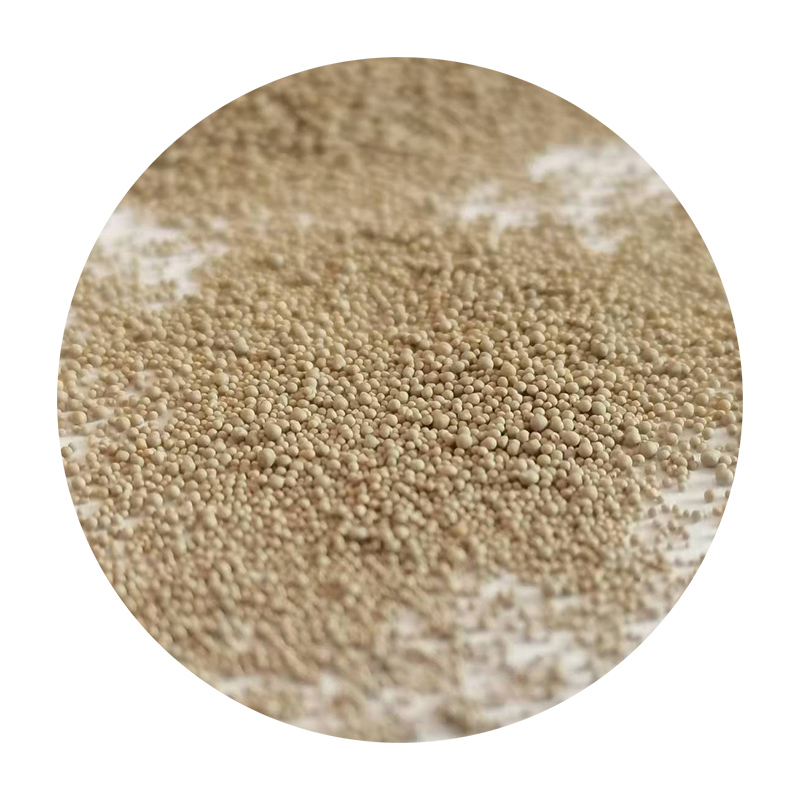The Evolution of 3D Printed Sanding Transforming Surface Finishing
In the realm of additive manufacturing, 3D printing has revolutionized the way products are designed and produced. Among the myriad of innovations that have emerged alongside this technology, 3D printed sanding tools and fixtures have garnered significant attention. This process not only enhances the quality of the final product but also streamlines the manufacturing workflow, making it an essential component for many industries.
Traditionally, sanding has been a labor-intensive process, reliant on manual skills and conventional tools. However, with the advent of 3D printing, the landscape of sanding has transformed dramatically. 3D printed sanding tools can be designed to fit specific shapes and contours of a product, allowing for precise and uniform surface finishing. This is particularly beneficial in industries such as automotive, aerospace, and consumer goods where the aesthetics and performance of a product are paramount.
The Evolution of 3D Printed Sanding Transforming Surface Finishing
Moreover, 3D printed sanding tools can be engineered with advanced materials that enhance their durability and efficiency. With the right choice of filament, these tools can withstand the rigors of repetitive motion while maintaining their structural integrity. For instance, using rigid thermoplastics can provide a balance between flexibility and strength, enabling the tool to adapt to various surfaces without deteriorating quickly.
3d printed sanding

In addition to the physical advantages, there is also a significant sustainability aspect to consider. Traditional sanding tools often consist of materials that are not recyclable, leading to increased waste. Conversely, 3D printing allows manufacturers to significantly minimize waste by only using the material necessary for production. Additionally, if a tool is damaged or worn out, it can be easily reprinted, further reducing the need for new materials and contributing to a circular economy.
The integration of 3D printed sanding tools in the production process can also lead to substantial cost savings. While the initial investment in 3D printing technology may be high, the long-term benefits often outweigh these costs. By streamlining the manufacturing process, companies can significantly reduce labor costs and improve turnaround times. Furthermore, the ability to produce tools on-demand means that companies no longer have to hold extensive inventories of sanding tools, thus optimizing their storage and logistics.
Looking to the future, the potential of 3D printed sanding tools extends beyond mere surface finishing. Innovations in this area could lead to the development of more sophisticated tools that incorporate intelligent automation. For instance, sensors embedded within 3D printed sanding tools could provide real-time feedback about the sanding process, allowing for even more precision and efficiency.
In conclusion, the emergence of 3D printed sanding tools marks a significant advancement in surface finishing technology. By offering customization, sustainability, and cost efficiency, these tools are set to redefine industry standards. As 3D printing continues to evolve, the future of sanding will likely become even more exciting, paving the way for innovations that have the potential to enhance product quality across various sectors. The transformation of sanding through 3D printing is not just a trend; it is a glimpse into the future of manufacturing where efficiency, customization, and sustainability reign supreme.
Post time:marras . 15, 2024 04:05
Next:sanding resin 3d prints
